Scientific studies confirm: “crop circles are made by balls of light”
There are not so many people on the Earth who are really interested in crop circles. What I mean is that there are people who devoted their whole life to study crop circles and find out what causes them. One of those people is Dr. Eltjo Haselhoff. He is one of the people, which number I could count probably on the fingers of one hand, who had their paper published in a scientific journal Physiologa Plantarum. His article suggests that the theory about connection crop circles and to the balls of light are stronger than everyone thinks.
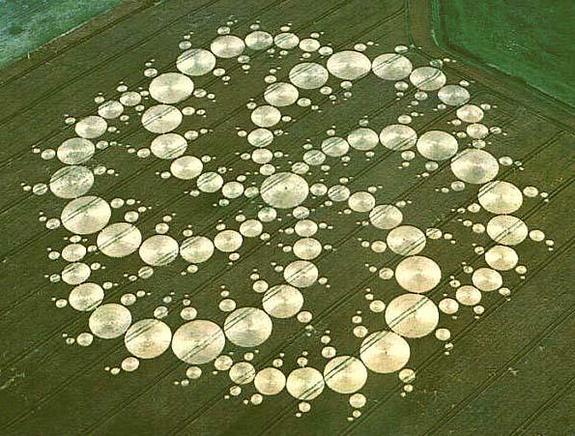
Massive 780-foot (238 meters) crop circle appeared in 2001 in the remote area of Milk Hill in Wiltshire, England. The elaborate design is composed of 409 circles that form a pattern called a double, or six-sided, triskelion, which is a motif consisting of three interlocking spirals. Credit: Handy Marks
Here and there, there are some people who claim that they saw how the “balls of light” created crop circles. They were not wrong. The newest studies have shown that the balls of light are responsible for crop circles. So how are crop circles made?
Crop circles usually appear in a field of corn-type plants. Common characteristic of these plants are little nodes at different positions along the stems. American biophysicist William Levengood in the early 1990s discovered that plants, from which the crop circles were created, had much longer nodes than those in surrounding crop.
Some of the biological effects can cause a node lengthening but all of them can be ruled out. That means that something else is responsible for the lengthening. This effect could be simulated with a help of the microwave oven. Place healthy stems inside and the result will be really very similar. It is because the heat inside the microwave oven makes the liquids inside the nodes expand. It is a very similar principle as is mercury inside a thermometer.
In a paper, Dr. Eltjo Haselhoff also explains the phenomenon of the “balls of light”. According to the paper, which was a reinterpretation of the data previously published by Lavengood and Talbot, we could explain this phenomenon on an example of a light bulb. Imagine a very dark room with one light bulb hanging from the ceiling.
Switch on the light and you will notice that below the bulb the intensity of the light is the brightest. Logically – the edges of the room will be darker. The intensity of the light depends on the height of the light bulb. If the light bulb is very low, the intensity on the floor will be very bright, but the intensity will rapidly decrease as you move away from it.
[sc:ad-text]
In his paper, he also demonstrated that the nodes he measured in all the three crop circles studies by Levengood and Talbot matched the temperature distribution, which would be caused by a small ball of light. This light was emitting intense heat. With his study, Dr. Eltjo Haselhoff came to a conclusion.
The node lengthening is perfect example of the effect that the ball of light is responsible for. This heats up the crop and crop circles appear. However, this does not apply to man-made formations.
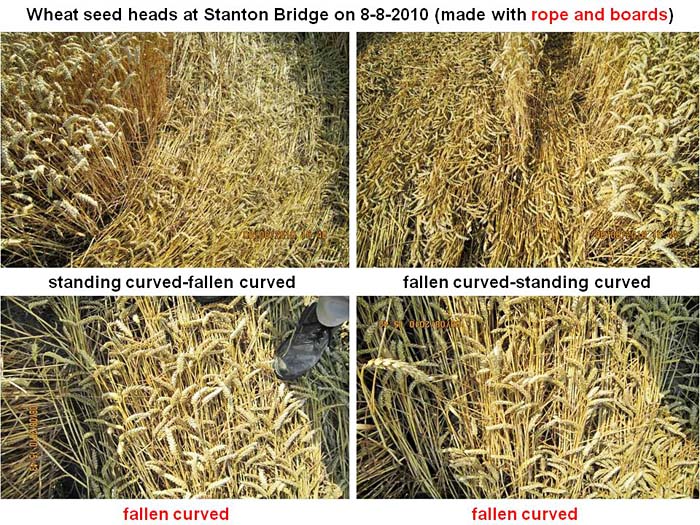
Crop picture made with rope and boards (at Stanton Bridge on August 8, 2010) that seed heads in both the standing crop and fallen crop remain “rigidly curved”, source
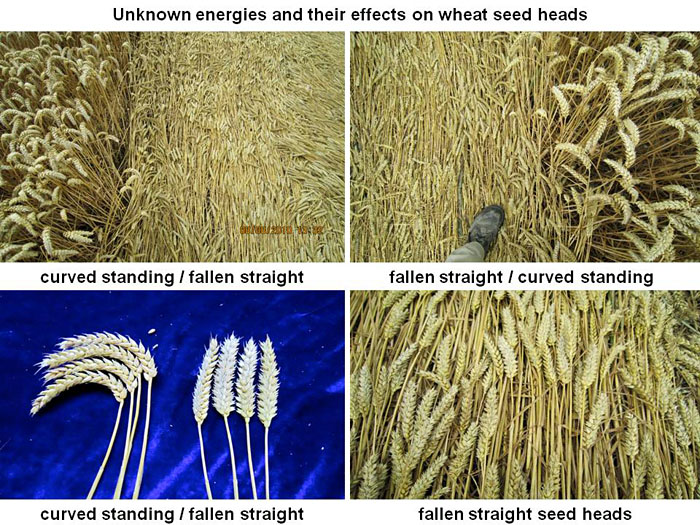
Whitefield Hill on August 3, 2010: “More or less all of the laid wheat, over the entire event, showed plant seed-heads straight and rigid in line with the flow of laid crop. All of the standing stems out in the field, surrounding the formation, showed their seed-heads curved down toward the ground in a very rigid position. Source
What we have to keep in mind is that there is no real explanation about the balls of light. Where they came from? We don’t know. But this study is a great explanation of the “ball of light” phenomenon and we know that we need to take the words of eyewitnesses very seriously.
Read interview with Dr. Eltjo Haselhoff here.
source: earthweareone.com
[sc:end t=”Scientists revealed the truth behind crop circles! “]

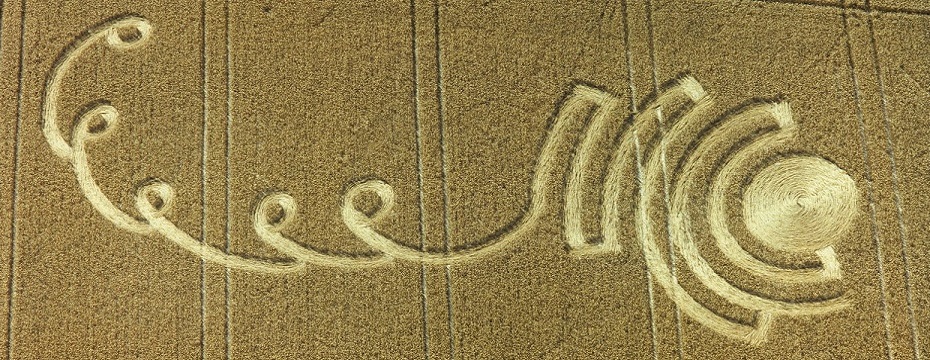
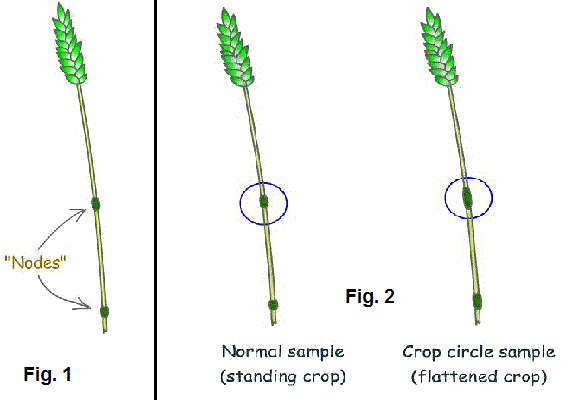
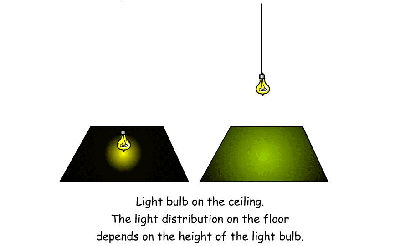


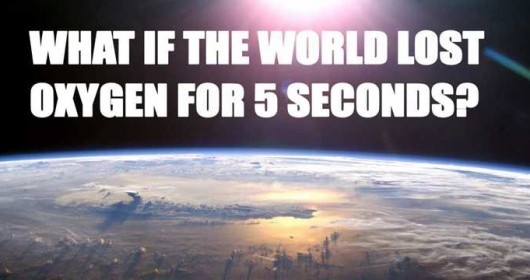

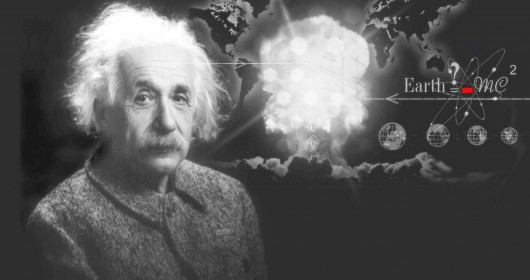

Could there be a link between the technology used here and the technology used to disintegrate over a million tonnes of steel and concrete buildings? Looks to be the same form of technology used for different purposes.